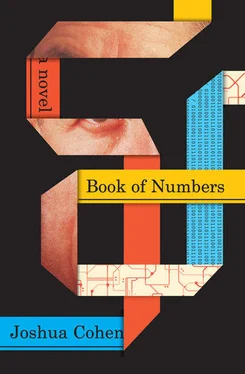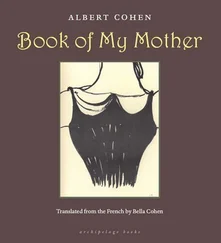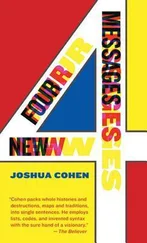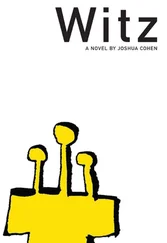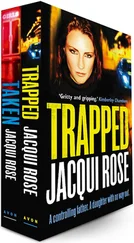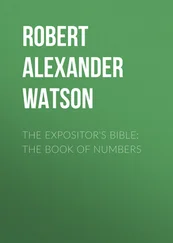He got up and into his [car type?] to find a computer, because the sooner this got done, the sooner he could call her. But Stanford’s lab was closed for New Year’s and PARC wasn’t finished yet and didn’t have any computers. The IBM 360s and SDS Sigmas were still trucking on the interstate. He shouldn’t have shown up at work until [?].
He went back to Perry Lane [his neighborhood?], and took the integers by hand, put together scatters, chi matrices, demarchic distributions. He called up Lahasky to hash it out at the Nut House [WHICH WAS?], even bothered their mutual dissertation advisor [UNINTELLIGIBLE NAME]. The math was just elementary statistics, the advisor’s encouragement was exciting, the rest was galling. [As a computer person] It was galling that the US government had entrusted such an undertaking to anything but computers.
“Lottocracy, or, Casting Democracy in with the Lots” was carried by all the major news outlets, in reduced layreader form, over the second week of January [(the days of draft numbers 101, 224, 306, 199, and 194)], though the complete article was published only in July, in a special War Math issue of Science . Abs’s scrawled charts had been typeset, and the epigraph was from the Book of Proverbs: “The lot causeth contentions to cease, and parteth between the mighty.” The paper opened by [IN THAT PEDANTIC AUTODIDACTIC SNIDE WAY TECHNOCRATS HAVE OF KNOWING, NEVER THINKING] surveying Biblical and Classical literature pertaining to divination by lots (or cleromancy), before recounting the supplanting of deistic caprice by the laws of nature and rules of logic [erudition supplied by Rabbi Maurice Fienberg of Congregation Beyt Am, Palo Alto]. It went on to define differences between the “arbitrary” and the “random” (the former a determination of will/discretion, the latter hypothetically indeterminate, or chance), and the basic principles of sortition (the differences between chance samplings of volunteers and of the general population): [“QUOTE”]
The second section explained the Selective Service regulations for the draft lottery[, the third was tragic, the fourth, a farce]
The third section opened by asserting that in a year with 366 days the average lottery number for each month should be situated in the middle — at 183. But in this lottery the average draft number for the first six months of the year was higher (for people born in January, the average draft number was 201.2), while the ADN for the last six months was lower (for people born in December, the ADN was 121.5). The correlation between one’s date of birth and draft number indicated a regression curve of −.226. An unflawed lottery would’ve maintained a level correlation at zero, a straight flatline throughout the year.
[In sum, the closer you were born to the start of things, the better.]
The paper then pointed out that people are not born with uniform distribution throughout the year[and especially not with uniform distribution in the leap years]. It proved this by parsing datasets from the US Public Health Service to determine that the birthrates in the first quarters of each year between 1900 and 1940 [EARLIEST RECORDS? TO THE WWII DRAFT?] were a mean 12.2 % above average[, confirming that summers between the equinoctes have normally been the busiest periods of conception]. Further[— through a sinister twist that might only be explained through a syncrasy of biochemistry, sex trends, and God — ]an average of 64.2 % of all babies born during the first quarters of 1900–1940 were male. This meant that early year male babies were doubly insured against conscription — firstly by their birthdates, and then secondly by their disproportionate sample size.
All [samples of] men who shared the same birthday were inducted by order of their names, last, middle, and first weighted accordingly, and ranked in the lotteried sequence: an alphabet that began with J and ended with V[for Victory]. This policy spelled discrimination for men who lacked middle names, and made no provision for the grading of men with identical birthdates and names.
It was this nameranking that comprised the lottery’s purest bias, apparently. Equations weren’t required to understand that the scores of Johnsons and McNamaras and Nixons and Mitchells and Hoovers and Helmses in America tended to have middle names while the singularly ethnic Witold Negróns tended not to.
The paper’s fourth section, its conclusion: In preparation for the lottery drawing, Abs wrote, the days and so the months had been encapsulated consecutively. Meaning that the capsules containing the papers with the January dates were assembled first, the February capsules were assembled second, and so on through the calendar, with each month’s encapsulations poured into a handcranked drum, a mechanical bingo spinner [like a wheel for a gerbil or hamster], upon completion. This meant that the January capsules were mixed with the others 11x, the February capsules mixed 10x, and so on, through the November capsules, which were mixed with the others 2x, and the December capsules, mixed only 1x. A final condemnation cited the Selective Service’s own report that the capsules had been poured into the fishbowl from the side of the drum that’d held the earlier days of the year, so that the latter less thoroughly spun days remained atop[floating like a scum].
On the day “Lottocracy, or, Casting Democracy in with the Lots” was published in a special War Math issue of Science in July 1970, six months after Sari inspired itAbs proposed to Sari. Theirs being an engagement very preoccupied with numbers — figures, equations — it bears notice that though they were married at Congregation Beyt Am, in Palo Alto, on January 1, 1971, their son and only child was born on June 8.
Witold Negrón, 8th Battalion, 4th Artillery, was mortally wounded in Operation Lam Son 719 between Khe Sanh forward supply base and Tchepone, Laos, March 1971.
[[[[OPENING VERSION 2 BIOGRAPHY:Sari’s parents, Imre and Ilona Le Vay, were Hungarians to the Americans, but Jews to the Hungarians. Above all, though, they were Budapesters, geographically and culturally marooned between Joseph’s [Abs’s father’s] ghetto origins and Eve’s [Abs’s mother’s] haughty ancestry in Cologne.
To them, Joseph was just a [coarse] peddler of frozen water who’d tried to socially elevate himself through his union with a [wealthy snobbish] yecca wife, Eve, who invariably played the same EZ piano arrangement of Mozart’s Variations KV.265 (“Twinkle Twinkle Little Star”/“Baa Baa Black Sheep”/the ABCs), dabbled in depopulated watercolors (kitchen still-lives, insipid landscapes of the wildlife preserves around JFK), and in lieu of financially solving whatever problems their daughter was having with her monkeywrench son, preferred to waste her fortune on transcontinental flights, to offer her opinions in person.
The Le Vays would have sudden fevers and lymphatic surgeries whose recuperation periods would last the durations of Eve’s visits. They called her “the princess gourmand [Princesse de Guermantes] of the synagogue women’s league.” Or else “the doyenne of the mooing bourgeois [la doyenne de la moyenne bourgeoisie].” They mocked her Shalimar perfumes, her Scherrer suits worn always with the gloves, her inaccurate recitations of Heine that never aspired to more than the first two couplets of Die Lorelei, and were just the malapropic asyntactic expressions of the trait that most provoked them: Eve’s Deutschtum, or the conceit of her Germanness. Though it wasn’t just that she persisted in a vain attachment to that identity, it was that she hadn’t suffered for it — she hadn’t suffered like they had. The Le Vays had cultivated the full European education and with such unflagging intensity the continent had no choice but to plan their genocide so thatthey embodied its quintessence.
Читать дальше
